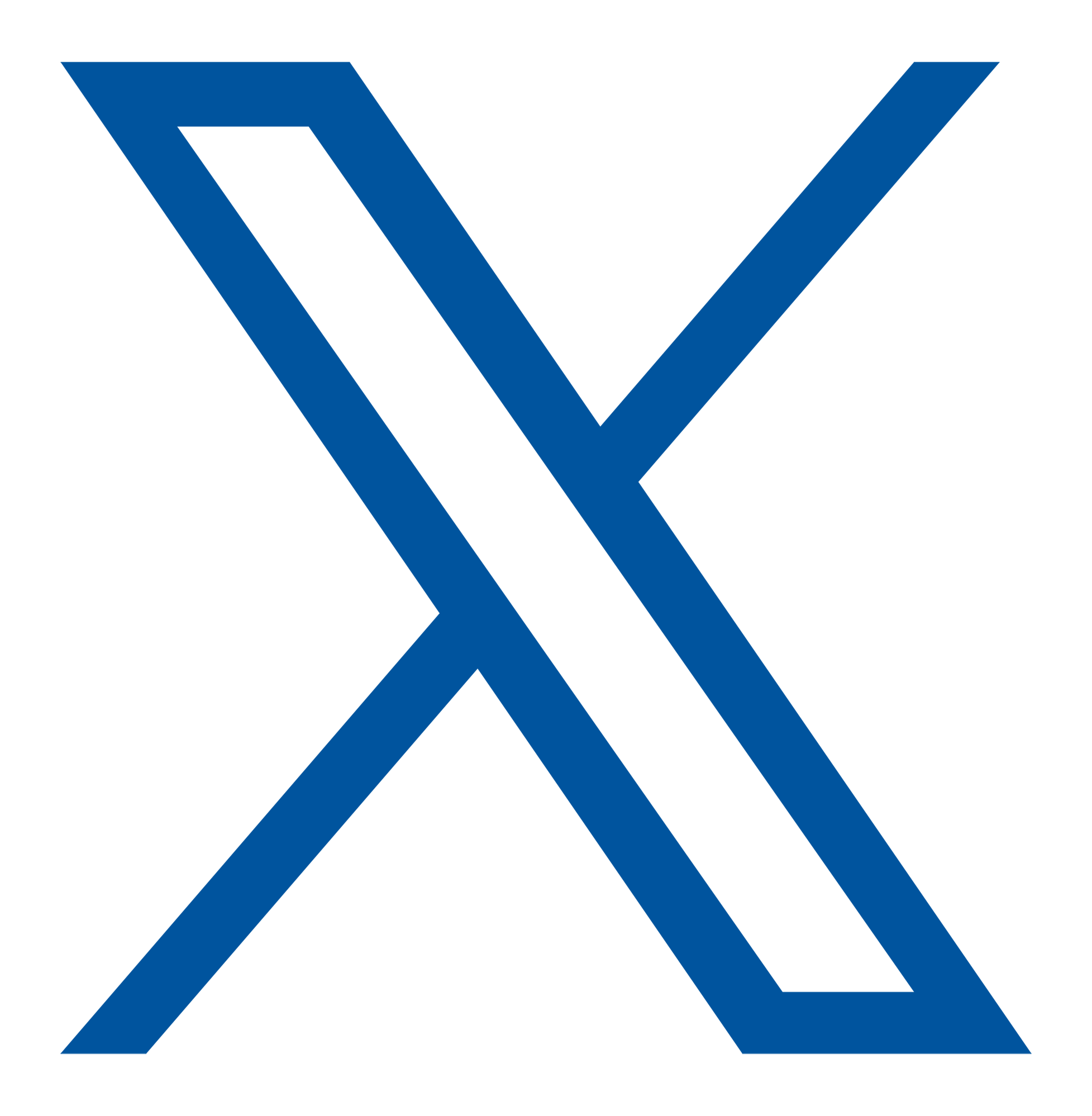During the February 2021 AAIS Pulse newsmagazine, AAIS VP Truman Esmond was joined by Brian Behlendorf, Executive Director of Hyperledger, Brian Hoffman, Vice President State and Bureau Regulatory Affairs, at Travelers, and Arron Lamp, Vice President Enterprise Business Intelligence & Analytics & Operations, at Travelers, to discuss the obstacles and opportunities around leveraging open-source technology.
Open source is often misunderstood to be “free software.” However, there is opportunity for much more than that. As Mr. Behlendorf explains, when it comes to open-source platforms, “free” software is akin to a “free puppy” in that “once you ‘open-source’ a project, that’s not the end of the process. It’s the beginning…you have to nurture it…care for it.” Participants are somewhat under an obligation to help build the community of users.” The Linux foundation is opening a number of projects that are about bringing open-source collaborative energy and style to the formation of blockchain networks, like openIDL.
Arron Lamp sees the need to adopt open source, “As you look at emerging technologies, you're looking at a lot of open source…most of blockchain platforms out there are based on open source technologies…a lot of the newer cloud technologies - open-source technology.” Mr. Lamp sees open source as an integral part of the evolution of new technologies like blockchain and AI in the future.
In essence, it’s about building a community—including users that form around it, contributors, to it, stakeholders in the initiative – so all can reap benefits. Building these communities is what the Linux Foundation was set up to do, according to Mr. Behlendorf– to pull stakeholders into this new, open source, commercial ecosystem, and to do the care and feeding of the “puppy.” Let’s say a community-owned puppy.
There are numerous biases that come along with open source, and it’s important to help people understand the truth of the technology and its community-wide benefits. According to Mr. Lamp, education – and communication – is essential to overcome these biases and the challenges that come with them. He cites AAIS’s willingness to work with Travelers in its early development of openIDL as an example, “They would come out and sit with anybody at any time to help folks understand what it is they were trying to accomplish.”
Mr. Hoffman and Travelers experienced the community aspect of open source technology firsthand when they got involved with openIDL. Back in 2018, Mr. Hoffman recalled traveling to AAIS’s Lisle, IL office for an openIDL design thinking session. It was the first time AAIS and Travelers had engaged regarding openIDL By February of 2020, a consortium of companies had been created to leverage open source technology in order to transform regulatory reporting. This community has allowed companies to “come together and truly change the paradigm on how reporting is done, how it is consumed, and what it achieves.
When asked how to make sure that open source evolves correctly to benefit the community of insurers, regulators, and other stakeholders, Mr. Behlendorf produced a prime comparison: Open source is like Wikipedia. “Not everybody reading the Wikipedia page has to contribute to it, just enough people. What we’ve shown in openIDL is you can get that critical mass of users and core participants to really generate value.” Mr. Lamp agreed, “The collective community of states (regulators) and companies all working together to build the right kind of environment is what’s going to drive innovation.”
Mr. Behlendorf points out that openIDL is getting “that critical mass of users and core participants…to really generate that value. “In the long term, there's this governance picture and that's the role for the Linux Foundation, sustained by Membership, with AAIS as a big partner.”


